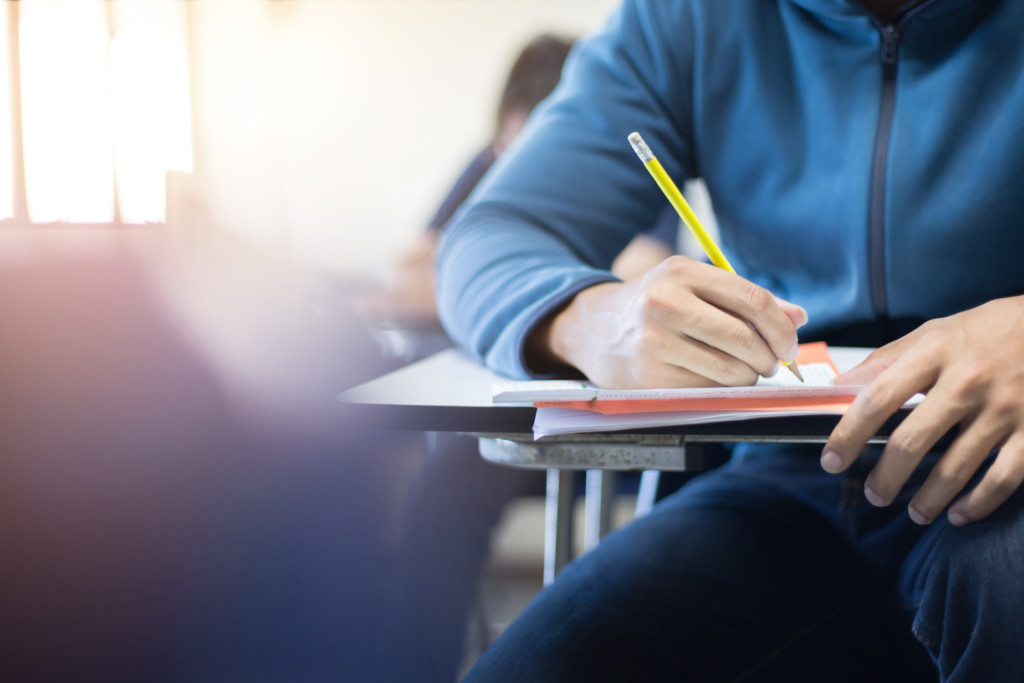
When it comes to Florida’s public education system, good news does not travel fast.
The latest examples: Two encouraging reports that got zero traction in mainstream media circles.
The first is a rigorous study published by the National Bureau of Economic Research. It found that as America’s largest private school choice program grew, so did positive impacts on Florida’s public schools.
The second is the latest College Board report on Advanced Placement. Florida again ranks No. 3 in the percentage of graduating seniors who’ve passed college-caliber AP exams, even though it has a higher percentage of low-income students of any Top 10 state but one.
To date, neither report has received any coverage from any of the scores of mainstream media outlets in Florida, including the dozens that report state education news. (The choice report did get a thorough write up in Education Week.) Nor, as far as I can tell, has either report gotten even a perfunctory attaboy from the mainstream organizations that represent Florida parents, teachers and school boards.
This is not a surprise (see here, here and here) but it’s still a shame. Florida public schools haven’t reached the promised land. But they’ve come a long ways since the 1990s – when barely half of Florida students graduated from high school – and shouldn’t be denied accolades from those who claim to be their biggest supporters. One sad reason why is because acknowledging their progress would mean conceding that the expansion of education choice has not hurt Florida’s public education system – and probably helped it.
The new NBER paper shows exactly that.
As the Florida Tax Credit Scholarship expanded – it now serves more than 100,000 low-income students – students in Florida public schools most impacted by the competition saw higher test scores, fewer absences and fewer suspensions. In other words, Florida public schools didn’t get decimated when more parents got more power to choose. They got better. (The scholarship is administered by nonprofits such as Step Up For Students, which hosts this blog.)
How dissonant to hear, in the report’s wake, nothing but crickets. Especially now. The Florida Tax Credit Scholarship has never faced more media scrutiny.
Ditto for Florida’s other private school choice options. Last year, the state’s leading newspaper editorialized that creation of the state’s newest K-12 voucher, the Family Empowerment Scholarship, was “the death sentence for Florida’s public schools.” A sham “analysis” that followed warned of dire financial consequences for districts – and managed to spawn at least 10 news stories statewide.
This year’s coverage of a proposed expansion for the new scholarship (also administered in part by Step Up) is hardly more grounded. This week, it spurred a five-alarm op-ed from a school board member whose district has the state’s biggest black-white achievement gap. “Vouchers hurt all,” read the headline. “Time is running out,” the board member wrote, “to save traditional public schools from the steady march to privatization by the Florida Legislature.”
The shrug at Florida’s Advanced Placement success is even more curious. I’m a broken record about this (see here, see here, see … ????), so I won’t belabor the point. And I’ll continue to agree with thoughtful critiques. But the outcomes here are yet another sign that Florida public schools continue to get better at serving the low-income students who are now a solid majority.
Of the 53,543 graduates in the Florida Class of 2019 who passed an AP exam, 40.3 percent got an exam fee reduction available to low-income students. Of the Top 10 states, only California had a higher rate, at 42.2 percent. The two states ahead of Florida, Massachusetts and Connecticut, had fee reduction rates of 18.6 percent and 14.9 percent, respectively.
Given that it’s low-income parents who are most apt to seek school choice options, shouldn’t traditional public school supporters be the first to shout these results from the rooftops? Maybe if media coverage didn’t suggest the sky was falling, they’d venture up there – and see the big picture of a public education system that really is getting better.


